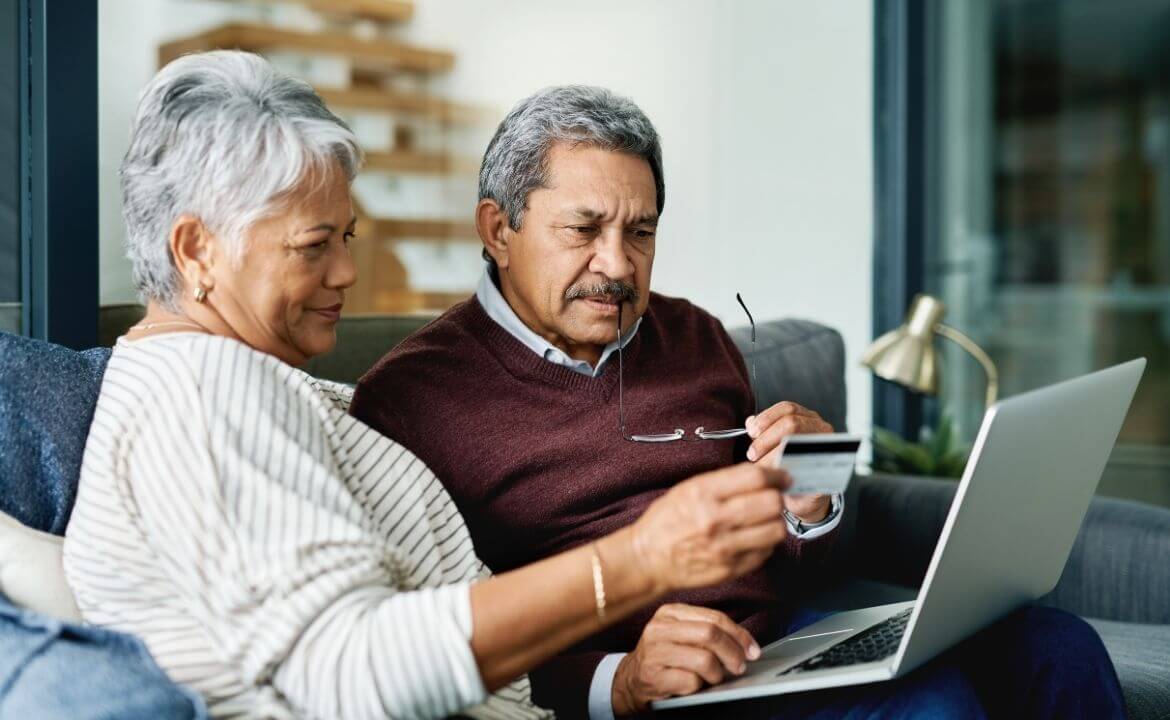
Technology is everywhere these days—on our phones, in our homes, and even in our pockets in the form of smart devices. But beyond convenience, technology has also become a powerful tool for promoting independence, especially for people living with disabilities. From safety features to communication tools, tech helps individuals live with greater freedom, confidence, and peace of mind.
In this blog, we’ll explore how technology supports independent living, why it’s so important in disability care, and how it works alongside professional support services to make life easier and more empowering.
Why Independent Living Matters
Independent living is about more than just living alone—it’s about having the freedom to make choices, manage daily tasks, and participate fully in life. For people with disabilities, independence can sometimes feel challenging due to barriers like mobility issues, accessibility concerns, or the need for ongoing support.
Technology bridges many of these gaps, providing tools that enhance safety, simplify routines, and create opportunities for greater autonomy. It empowers individuals to live life on their terms, while also giving families peace of mind.
Everyday Technology That Promotes Independence
Many forms of technology already exist in our daily lives, and they can be adapted to support independent living. Some of the most common examples include:
- Smart home devices: Voice assistants like Alexa or Google Home can control lights, appliances, and reminders with simple commands.
- Mobile apps: From medication reminders to budgeting tools, apps can help organize daily life.
- Wearable devices: Smartwatches track health, send alerts, and even allow emergency contact calls.
- Communication platforms: Video calls and messaging apps keep individuals connected with friends, family, and support networks.
These tools make everyday living easier, while also reducing reliance on others for small but important tasks.
Safety First: Technology for Peace of Mind
Safety is one of the biggest concerns for individuals and their families when it comes to independent living. Thankfully, technology offers multiple solutions:
- Emergency alert systems: Devices that can send help signals with the press of a button.
- Home monitoring systems: Cameras, motion sensors, and alarms that notify families of potential issues.
- Health monitoring: Devices that track blood pressure, glucose, or heart rate and send updates directly to healthcare providers.
These tools provide reassurance that help is always close at hand, which is especially important in unexpected circumstances where services like emergency respite care Adelaide may also come into play.
Supporting Daily Routines with Smart Tools
Consistency and structure are important for wellbeing, and technology can make daily routines smoother. For instance:
- Automated pill dispensers ensure medications are taken correctly and on time.
- Calendar reminders help manage appointments, daily schedules, and goals.
- Voice-controlled appliances simplify cooking or turning off devices safely.
- Adaptive tech such as screen readers or speech-to-text systems make information accessible to everyone.
These innovations don’t just make tasks easier—they empower individuals to take charge of their own lives.
Technology for Social Connection
Emotional wellbeing is just as important as physical safety, and technology plays a huge role in keeping people connected.
- Video calls allow regular contact with family, reducing feelings of isolation.
- Online communities create opportunities to meet others with shared experiences.
- Accessible entertainment such as audiobooks, podcasts, or streaming platforms brings joy and relaxation into daily life.
Staying socially engaged fosters emotional balance and helps individuals feel part of the broader community.
Combining Technology with Professional Support
Technology is powerful, but it works best when paired with professional support. Support workers and carers can help set up devices, teach individuals how to use them, and troubleshoot any issues.
For example, while a health monitoring app may track blood pressure, support workers or family members can interpret the results and respond if needed. Similarly, smart home devices may automate tasks, but human support provides encouragement, companionship, and emotional care.
This partnership between technology and personal support creates a holistic approach to independent living.
Emergency Support When It’s Needed Most
No matter how much technology we use, emergencies can still happen. That’s why access to reliable short-term or urgent care is essential. Services like emergency respite Adelaide provide immediate support for families or individuals when unexpected situations arise.
Combined with technology—like health alerts or emergency call buttons—these services ensure that help is always available, whether it’s through a professional support worker stepping in or a temporary care arrangement being organized.
Technology for Learning and Growth
Independent living isn’t just about managing the present—it’s also about building skills for the future. Technology opens doors to learning opportunities, including:
- Online courses that teach new skills or hobbies.
- Educational apps that improve literacy, numeracy, or vocational skills.
- Assistive learning tools, such as captioning software, to make education accessible.
These resources support personal growth, boosting confidence and opening up new opportunities for independence and empowerment.
Overcoming Barriers with Adaptive Technology
For individuals with specific physical or sensory needs, adaptive technology provides tailored solutions. Examples include:
- Screen readers for people with vision impairments.
- Speech recognition software for those with limited mobility.
- Switch-adapted devices that allow tasks to be completed with minimal movement.
- Hearing assistance technology such as Bluetooth-enabled hearing aids.
By reducing barriers, these tools create equal opportunities for independence.
The Role of Families and Carers
Families often feel more at ease knowing that their loved one has access to reliable technology. However, their involvement is still key. Families can:
- Help set up and monitor devices.
- Encourage the use of technology without replacing face-to-face interaction.
- Stay updated through shared apps or monitoring systems.
This teamwork ensures that technology supports independence while maintaining human connection.
Looking to the Future
Technology continues to evolve at a rapid pace, and the future of independent living looks brighter than ever. We can expect more:
- Artificial intelligence tools that personalize support to individual needs.
- Robotics that assist with physical tasks.
- Improved accessibility features across all devices and platforms.
- Stronger integration between health services and technology.
These advancements will continue to break down barriers, giving individuals more control over their lives.
Final Thoughts
Technology has transformed the way we think about independent living. From safety devices to smart home tools and communication platforms, it empowers people with disabilities to live with freedom, dignity, and peace of mind.
But while technology provides incredible benefits, it’s most effective when paired with human support—whether that’s family, carers, or professional services. Together, they create a safety net that supports not just independence, but also emotional and social wellbeing.
As we embrace new technologies, we must also remember the importance of care, compassion, and connection. Because true independence isn’t just about living alone—it’s about living confidently, safely, and happily in a world full of opportunities.
